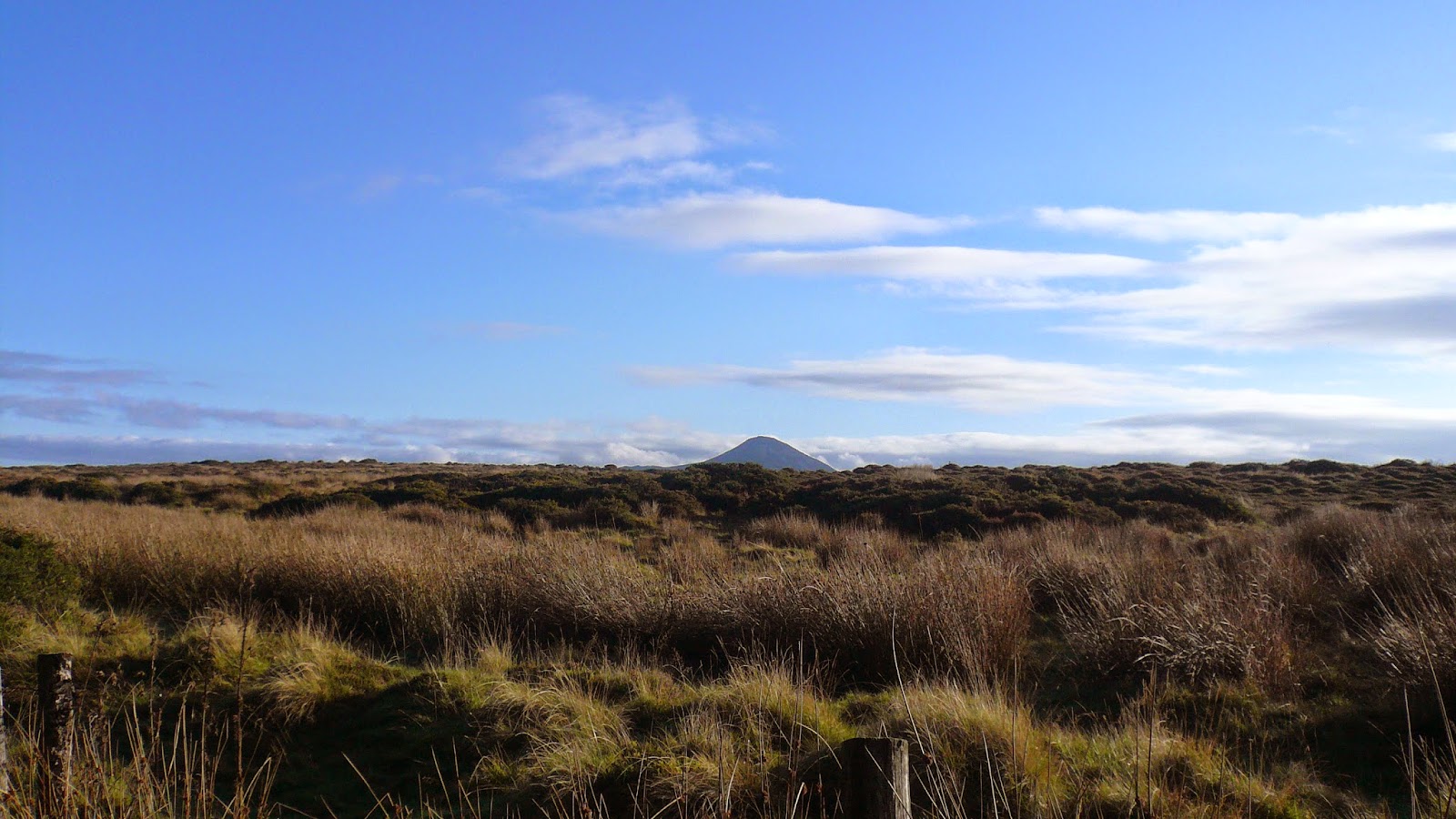 EAT FAT –
Richard Klein. Picador, MacMillan
Publishers Limited 1996, pp 247
(illus)
EAT FAT –
Richard Klein. Picador, MacMillan
Publishers Limited 1996, pp 247
(illus)This review was written on March 19th 2015
This book by the author is in praise of fat, both the
noun and the adjective. The noun
refers to fat in our food and the adjective to overweight or obesity. Klein
deplores the negative attitudes in Western Society to obesity and attributes
the alleged sense of guilt and poor self esteem of fat people to the public’s
distain of and discrimination against them. He exaggerates the degree of public
disapproval of the obese in stating that fat phobia is widespread. He also exaggerates the devotion of
western society to thinness since Twiggy and the anorexic look has become chic
and he ignores the fact that the great majority of people do not wish to be
cadaverously thin but rather wish to achieve a normal or near normal weight as
defined by western nutritionists.
 He pleads with us to love fat people and to perceive
beauty in the obese. He believes
this change in public attitudes can be achieved by a mantra or the simple process
of verbal rhythm, although it is not clear what he means by this process. He
admits that such a change will be brought about with great difficulty because
of public attitudes. The text is full of contradictions and selected references
to other authors, some of whom are quite as iconoclastic and just as capable of
bizarre views as himself.
He pleads with us to love fat people and to perceive
beauty in the obese. He believes
this change in public attitudes can be achieved by a mantra or the simple process
of verbal rhythm, although it is not clear what he means by this process. He
admits that such a change will be brought about with great difficulty because
of public attitudes. The text is full of contradictions and selected references
to other authors, some of whom are quite as iconoclastic and just as capable of
bizarre views as himself.
Politicians who are fat are more forceful and more
likely to succeed, and he mentions Kohl, Churchill, Taft and the French Louis
the fourteenth. He forgets de Gaulle, Adenaure and even our own Dev who have
made their mark despite lacking evidence of overweight.
Fat women have a stronger libido and enjoy sex more
than their slimmer sisters, although sadly I cannot confirm this contention
because of lack of personal experience. Elsewhere he states that they are
slower to get started than the more excited thin but once they get going they
are more difficult to stop. On the other hand he contends that being fat makes
it easier for women to opt out of sexual activity with men while providing a stronger
source of erotic activity among their own sex.
He writes, in referring to the food expert MFK Fisher,
about the beastlike satisfaction of the belly as profoundly human, because deeply
animal; the impulse must at times let us, whether male or female, to be
attracted by a bloated beast.
Fat women are more masculine and men more feminine, so
that the stereotype of the fat woman will often be more capable of repairing
the washing machine or replacing your spark plug. He acknowledges that a high fat
intake may predispose to coronary disease, diabetes, high blood pressure and
cholesterol disturbances, and yet he manages to confuse the reader by quoting
research which allegedly shows that beef and high fat chocolate improve ones blood
cholesterol. And anyhow he
believes that quality of life is more important than longevity, implying that
gorging yourself is a positive factor in achieving happiness.
He muses
about the increasing prevalence of obesity in America and the West. He considers it a mystery and
postulates some ill defined cultural or biological change in Western Society. I, on the other hand, attribute the
American trend to bad eating habits which are a feature of affluence,
increasing leisure with its associated boredom and addiction to popcorn and TV,
and reduced physical exercise and physical work. He does not postulate the possibility of increasing sex
among females despite their alleged sexual propensity to prefer their own sex. Despite
his perception of increasing obesity in America, he states that Americans were
“exceedingly fat” at the end of the nineteenth century, and gives as an example
Diamond Jim Barry who weighed in at forty stone.
I wonder if Mr Klein has his tongue in his cheek. Or does his urge to write have
a more mundane basis such as the hard cash he and his publishers derive from
their contributions to the welfare of humanity? Anyhow, even if my criticism of
his views are not always valid, his book is certain to attract some readers
even if they find much of his ideas contradictory and his views lacking in
scientific basis. Does his book sell like hot cakes to the 40% of American
women and the 25% of American men who are categorised as fat and who apparently
are badly in need of a push to their self esteem. It would be interesting to
know if his book becomes a best seller.
His book Cigarettes are Sublime followed more recently and is available on
Kindle but I could not find his ‘’classical’’ work on obesity in the same
source. It would be interesting to know how rather bizarre publications such as
EAT FAT appeal to and attract the casual reader and the ordinary public. Cigarettes are Sublime was apparently
published in 2012. It comes at 658,771 in Kindle sales rank but I could not
find EAT FAT on Kindle.



















